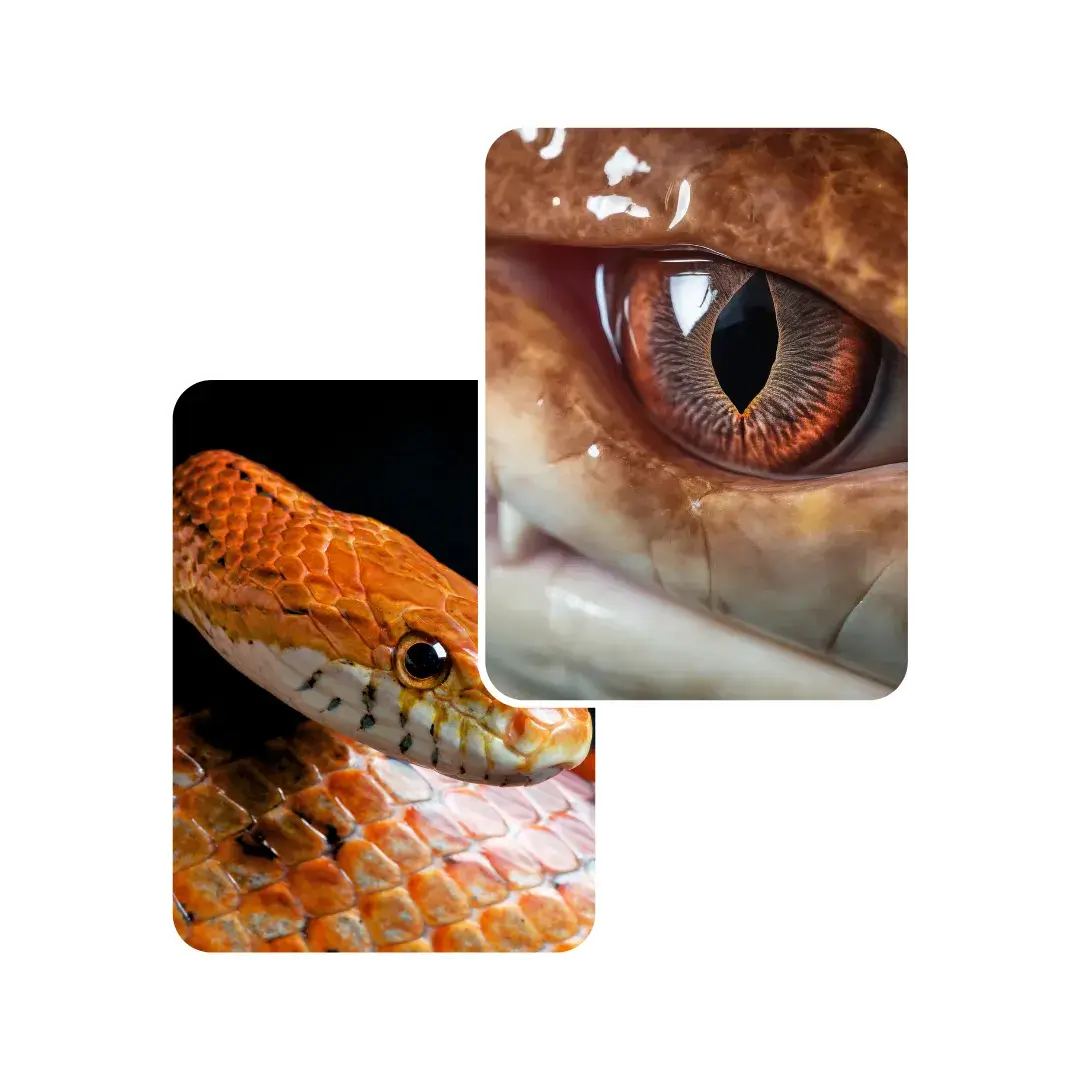

The eye appears milky, hazy, or lacks its normal bright, clear shine, often indicating a retained spectacle.
No! Waiting risks turning a simple retained cap into a blinding, life-threatening abscess. Call immediately to determine the best course of action.
Never. Human medications are often toxic to reptiles and can worsen the situation. Only use medication prescribed by an exotic veterinarian.
Absolutely. A bulging eye means pus is building under pressure, threatening the integrity of the eye. This requires immediate, specialized drainage to save the globe and prevent rupture.
It requires veterinary tools and expertise. The doctor carefully separates the adhered cap, often under sedation, to ensure the new eye surface is not damaged.
Low humidity causes the eyecap to dry out and stick. When the snake sheds, the spectacle fails to detach, leading to irritation and infection.
Your pet deserves expert care – Subscribe now for trusted tips and updates from our pet experts.
